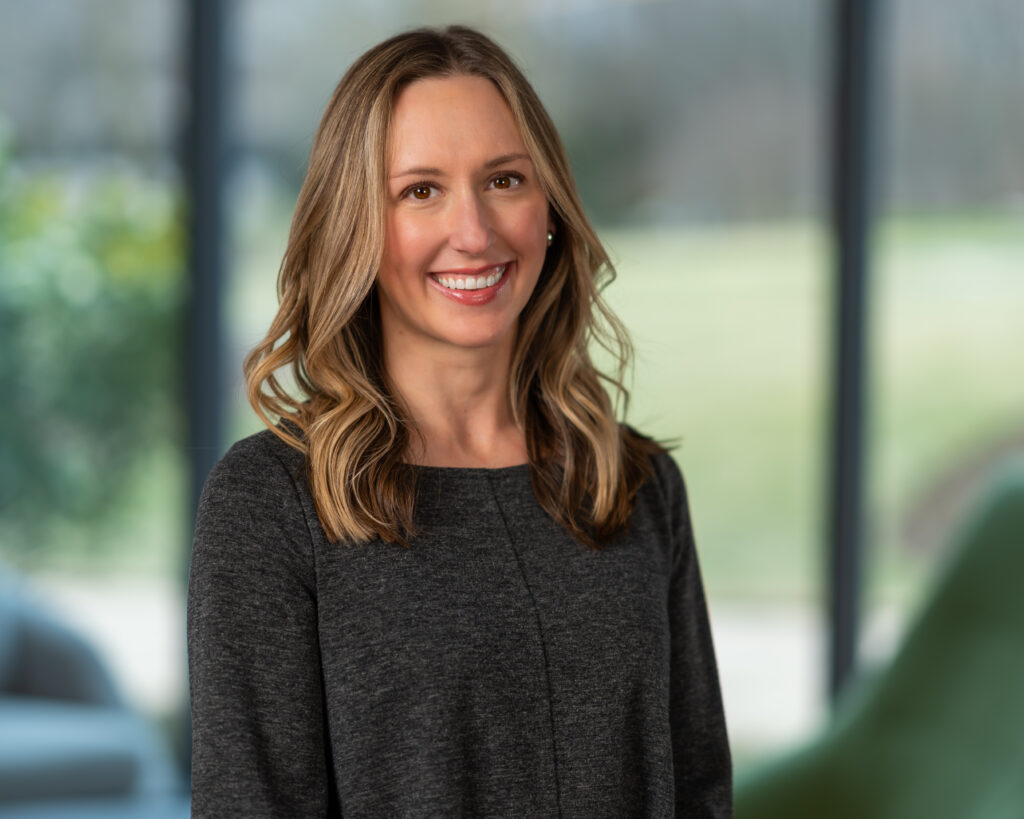A panel of development, financing and sustainability experts delved into the realm of alternative financing at CRE.Converge in Las Vegas this week, helping attendees gain a comprehensive understanding of the approach and how it can contribute to a robust capital stack.
Prem Sundharam, AIA, CEM, chief climate officer and senior principal at DLR Group, moderated the discussion that included Ramsey Daya, executive vice chairman at Newmark; Kristina Feller, international director development management services at DLR Group; and Chris Robbins, co-founder and managing principal at GreenRock Capital.
“There are a lot of expectations these days when it comes to the performance of buildings,” said Sundharam. He pointed out that 33 U.S. states have climate action plans and goals that trickle into policies that impact the built environment. In some cases, leveraging alternative financing tools can turn these potential burdens into opportunities.
“From our perspective, alternative financing is anything that’s not mainstream,” said Daya. “It’s not life insurance, it’s not CMBS, it’s not a bank, it’s not traditional bridge funds.”
“We have found with the dislocation in the office market, with all the regulatory issues in banking and the lack of liquidity in the debt capital space, C-PACE in particular can fill a lot of those voids,” said Daya. “So, this has become an exciting space that we’ve been spending a lot of time focusing on. It doesn’t fit everybody or every deal, but when it fits, it’s incredibly powerful.”
“While C-PACE and some of these other capital programs that three or four years ago were, from an institutional focus, not as accretive because of costs, or lender consent, they can be very accretive for the right project today,” Robbins agreed.
“C-PACE financing has a tremendous amount of flexibility in terms of how it can be utilized in the marketplace,” he added. When C-PACE first came out, it was more associated with solar or specific upgrades to a building. The developers or investors who may have had some kind of early engagement with C-PACE 10 years ago – and passed on utilizing it – are coming back now to see there have been significant changes over the last several years, Robbins said.
Today, 41 states have passed some sort of C-PACE legislation, and C-PACE capital can be used for a growing number of measures, with energy efficiency, water conservation measures, seismic retrofits and resiliency among them.
“In California, for new construction, 50% to 60% of the entire hard and soft cost budget would be C-PACE eligible today,” said Robbins. While every state is a little different, it’s a significant amount of capital that can be brought into a capital stack to help move a project forward.
“Working with clients around the country, we have seen a dramatic shift in their thinking and their willingness to entertain C-PACE in consideration of different projects,” said Feller. “The applicability of it to so many parts of a project is a really critical element that I think is highly beneficial to the bottom line.”
While C-PACE was much more of a niche product a few years ago, Daya said 80% of the company’s C-PACE mandates today are with household names, private equity institutional investors who are now exploring it as a real source of financing – a huge shift.
“C-PACE is not necessarily just an initial financing product,” Feller also pointed out. “Just like any other type of financing, whether it’s an initial build, renovation, or recapitalizing a project. So, it should be considered in that way as well.”
A common challenge with C-PACE financing? Gaining lender consent, said Robbins. “I don’t know how many ‘nos’ I’ve gotten. Thousands.”
However, the panelists agreed that more lenders are getting comfortable with C-PACE. It’s all about the ask, according to Robbins. “‘Here’s the structure. Here’s the work schedule. Here are the risks to you from a credit perspective. Here’s the coverage ratio,’ and so forth. That’s a much different ask than just, ‘Are you OK with C-PACE?’ That could be an easy ‘no,’” Robbins pointed out.
“We’re getting a lot more yeses,” Daya agreed. “Desperation creates innovation sometimes.”
Ten or 11 years ago, C-PACE was incredibly difficult to pay off, he said. It was very restrictive, with prepayment penalties. “Today it’s been structured very differently. And these deals are shockingly pre-payable and flexible. Sitting in my chair as an advisor to my clients, that’s been the biggest shift. Pricing, leverage – that’s all secondary. The fact that you can get in and out of this with relative ease and liquidity is huge,” Daya said.
This post is brought to you by JLL, the social media and conference blog sponsor of NAIOP’s CRE.Converge 2024. Learn more about JLL at www.us.jll.com or www.jll.ca.









